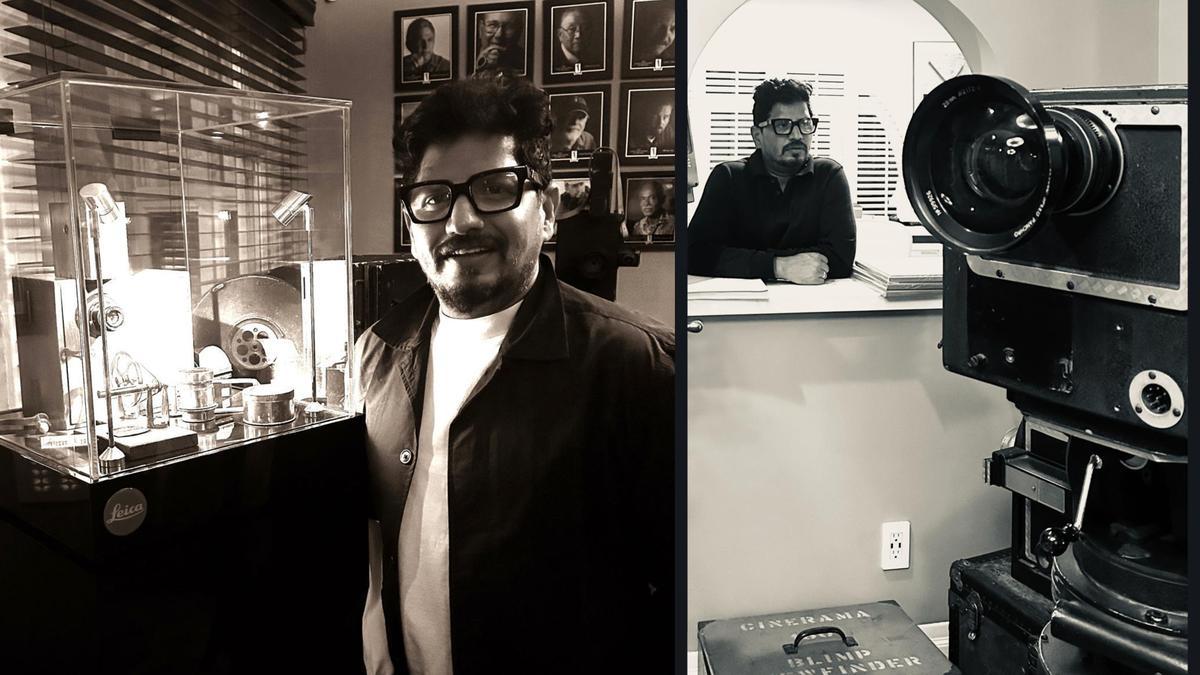
As the gentle morning sun slices through the trees in Sambhuvanipalem village, Visakhapatnam, a group of women immerse themselves in the silent art of painting. With coffee concoctions as their medium, they carefully execute the simple patterns and figures characteristic of Saura art. This tribal art form, native to the Saura community, one of India’s oldest tribes from Southern Odisha, is being revived in a sepia spectrum on cloth bags. The end of the day’s labor reveals a charming collection ready for display at the Eastern Ghats Biodiversity Centre (EGBC).
The recently concluded workshop, held at the EGBC, marks a significant step in an ambitious initiative by the Andhra Pradesh Forest Department. The department aims to train women from the Van Sanrakshan Samiti (VSS) and Eco Development Committee (EDC) of Sambhuvanipalem in various art forms, with the twofold goal of capacity building and setting up a workshop and souvenir store at the centre to feature art and crafts from Andhra Pradesh and Odisha.
Women from the village participated in a 10-day workshop, diligently learning about 20 different products across several art forms, including natural dye art, coffee painting, dokra art, paper mache, and bamboo craft. The result is an eclectic mix of paper mache masks representing wildlife, Saura paintings on tote bags, pottery mugs, Dokra figurines, and marine-themed bags bursting with color from natural dyes.
Anant Shankar, Visakhapatnam District Forest Officer, has been a pivotal force in launching the EGBC. He informed that plans are underway to extend training to other communities and to utilize the products crafted by these artisans as souvenirs at both the EGBC and Indira Gandhi Zoological Centre. Shankar is proactively reaching out to VSS communities in nearby locales, intent on rekindling active participation through these skill development enterprises.
Tripti Shukla, an independent wildlife researcher based in Delhi, oversaw the workshop, outlining its three core objectives: to revive indigenous practices, raise environmental consciousness through Nature workshops, and empower women by linking their crafts with wildlife conservation efforts.
Every creation of the tribal communities has been a reflection of their close relationship with nature. In line with the workshop’s objectives, Tripti highlighted that the products, such as conservation-themed postcards featuring endangered species like pangolins, serve to educate and promote the cause of wildlife preservation.
Sankalpa Art Village’s Jameelya Akula, who conducted the natural dye workshop, imparts her knowledge about the plethora of dye-producing plants in the forest. The learning process encompassed the identification and extraction of natural dyes and the intricacies of techniques like tie-dye and bandhani.
A national award recipient, artist Niranjan Moharana from Odisha, contributed his paper mache expertise to the workshop. He tutored the participants on constructing durable masks by layering newspapers with an adhesive made from tamarind seeds, which are sculpted, dried, and vividly painted.
As January unfolds, the Eastern Ghats Biodiversity Centre plans to inaugurate the workshop counter, transforming it into a vibrant souvenir store showcasing these artisanal products. Meanwhile, the center’s nursery is burgeoning with demand for its plants and saplings. The AP Forest Department is also exploring avenues to establish additional attractions like a Nature-themed library and café, and a scientific exhibition space.
These endeavors underline a broader mission of sustainability, learning, conservation, and pragmatic upliftment of rural communities. As these artworks will be open to public admiration and purchase, they carry the essence of the region’s cultural and natural heritage into the hearts and homes of visitors from near and far.










